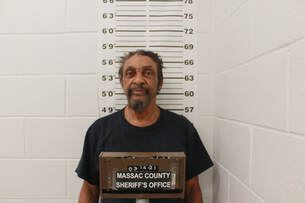Every year, State Farm Insurance compiles national statistics from deer accident claims, and the odds are getting more likely that a deer could cross your path in our four-state area. It's ten percent more likely in Kentucky; the odds have risen from 1 in 113 in 2014, to 1 in 103 in 2015. Kentucky ranks 15th in the nation in worst states for deer collisions, with 162 injuries and 3 fatalities last season.
Missouri is 17th with 1 in 117 odds; Tennessee is 28th at 1 in 147; and Illinois ranks 32nd at 1 in 192.
For the 10th year in a row, West Virginia is number one with 1 out of every 41 vehicles expected to have a run-in with a deer.
The national average is 1 out of 169, but that rate doubles during deer season.
"November has the highest number of deer collisions, with October and December right behind. These last three months of the year account for more than half of all reported deer-vehicle collisions for the year," said KYTC District 1 Chief Engineer Mike McGregor. "Motorists should use extra caution, particularly when driving during twilight hours."
According to the Insurance Institute for Highway Safety, the average claim for damage from a deer collision in 2015 was just over $4,000.
The jump in deer-vehicle collisions usually starts in mid-October when farmers complete the fall harvest, greatly reducing food availability and hiding places for deer. Cooler evenings and shorter fall days kick off mating season, putting deer on the move to roam into residential neighborhoods and urban areas.
Motorists should consider these driving tips to help improve their personal safety:Always wear a safety belt.
Keep headlights on bright after dark if other vehicles are not present.Drive defensively, constantly scanning the roadside, especially at dawn and dusk when deer prefer to be active.
Slow down immediately when you spot a deer as they tend to travel in groups.Don't swerve to avoid a deer. Swerving can result in a more serious crash with oncoming traffic.
In the event of a crash, keep both hands on the wheel and apply brakes steadily.Motorists are asked to report all deer-vehicle collisions to police so locations and crash numbers can be recorded and monitored.
On the Net:
State-by-state comparison of likelihood of deer accidents


.jpg)
.jpg)